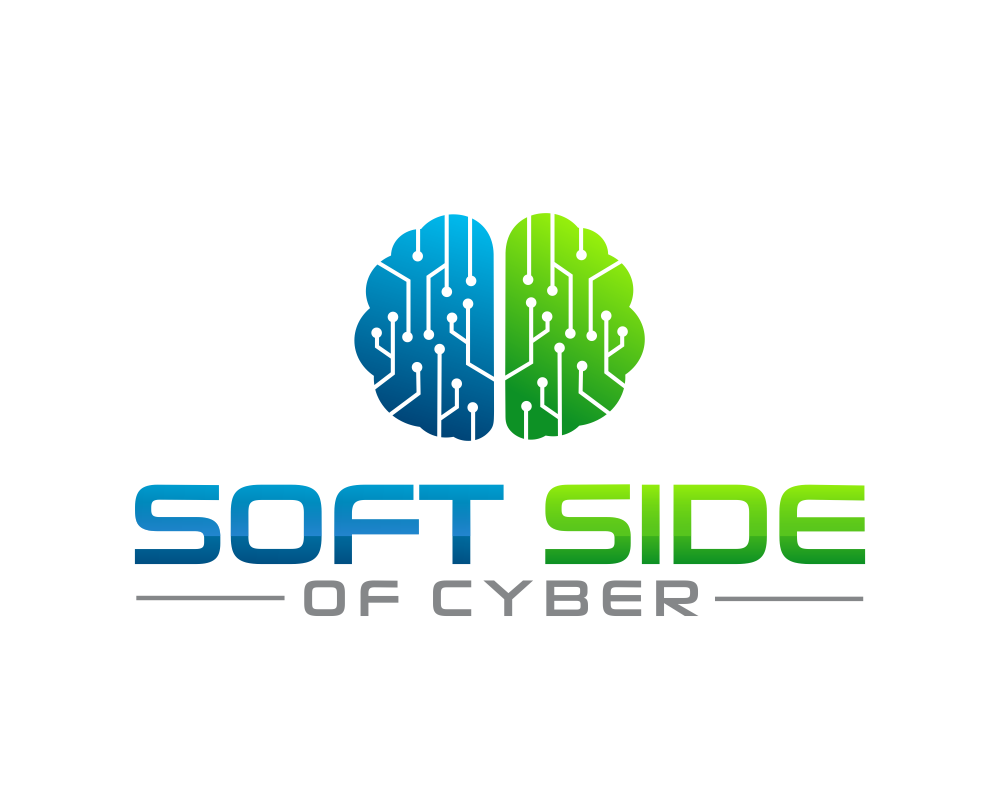
Navigating Zero-Day Vulnerabilities: Communicating When Time Is Of the Essence
Dealing with a major zero-day vulnerability can be a nerve-wracking experience for cybersecurity professionals. It requires a delicate balance of technical expertise and effective communication skills to navigate the challenges that arise. In this article, we will explore the significance of soft skills in handling zero-day vulnerabilities and discuss key strategies for success.
Effective Communication: Honest and Transparent
When it comes to zero-day vulnerabilities, effective communication becomes paramount, particularly with non-technical executives. It is crucial to establish open and honest lines of communication, providing them with clear and concise updates about the current state of affairs. Avoid sugar-coating the situation or resorting to technical jargon that may cause confusion or anxiety. Instead, explain the potential impact, the steps being taken to address the vulnerability, and the proactive measures being implemented to mitigate risks.
Transparency builds trust and reassures executives that you are actively working on the issue. By presenting information in a non-technical manner, you can help them understand the gravity of the situation without overwhelming them with technical details. Remember, effective communication during a zero-day vulnerability incident is not just about relaying information; it is about fostering trust and confidence in your expertise.
In addition, it's crucial to communicate the impact of the zero-day vulnerability in terms of business risk. Non-technical executives may not fully grasp the technical details, but they understand the language of risk and its potential consequences for the organization. By framing the discussion in terms of potential financial loss, reputational damage, or regulatory compliance issues, you can effectively convey the urgency and importance of addressing the vulnerability. Presenting the information in a business context helps non-technical executives make informed decisions and prioritize resources to mitigate the risk effectively.
Building Trust and Relationships: Preparing for the Unknown
Dealing with a zero-day vulnerability requires a well-established foundation of trust and strong relationships within the organization. It is essential to cultivate these connections prior to any incident. Proactively engage with non-technical executives, educate them about cybersecurity risks, and highlight the importance of ongoing collaboration.
By building trust and relationships beforehand, you can create a supportive environment where executives are more likely to trust your judgment and respond promptly during a crisis. Regularly communicate the organization's cybersecurity strategy, provide updates on emerging threats, and seek their input to foster a sense of ownership and shared responsibility.
Staying Up-to-Date: Listening to the Experts
Keeping pace with the ever-evolving cybersecurity landscape, especially in terms of zero-day vulnerabilities, is a continuous challenge. One valuable resource for staying informed is the SANS Internet Storm Center (ISC) podcast. This podcast provides timely and insightful information about emerging vulnerabilities, threat trends, and recommended mitigation strategies.
Listening to podcasts like the ISC allows you to stay abreast of the latest developments in the cybersecurity field. It offers valuable insights from experts and encourages a proactive approach to vulnerability management. By incorporating this knowledge into your strategies, you can better prepare for the eventuality of a zero-day vulnerability.
Conclusion
Successfully navigating a major zero-day vulnerability requires more than just technical know-how. It demands the utilization of soft skills to effectively communicate with non-technical executives, build trust and relationships, and stay up-to-date on emerging vulnerabilities. By being transparent, fostering collaboration, and leveraging resources like the SANS Internet Storm Center podcast, cybersecurity professionals can tackle these challenges with confidence.
As the cybersecurity landscape continues to evolve, it is essential to recognize the significance of soft skills in conjunction with technical expertise. By cultivating effective communication, building trust, and staying informed, we can navigate the complexities of zero-day vulnerabilities and safeguard our organizations from potential threats.
Remember, it is the combination of technical proficiency and strong soft skills that allows us to thrive in the ever-changing world of cybersecurity. Together, let us embrace these skills and continue to enhance our abilities as cybersecurity professionals.


